It’s not really a secret that the compact digital cameras market that is heavily shrinking over the last few years because of the advancements in the smartphone cameras. But while the smartphone’s camera are really good these days, there are still lots of things smartphone can’t do, or do very well, for example a good fast optical zoom lens and direct manual control. Because of that premium compact cameras are still doing very well and you may notice a lot of camera manufacturers are putting lots of efforts into this area.
Panasonic has just released their latest premium compact camera, the Lumix DMC-LX10 or Lumix DMC-LX15 depends on what country you are living in. (I’ll just call it LX10 in this review) It is a compact camera with a fast Leica 24-72mm equivalent focal length f/1.4-2.8 zoom lens with a 20MP 1 inch sensor behind the lens. The camera has good manual controls, 4k video recording, 4k photo mode and many other features. On paper the specs definitely is very impressive. Now let’s have a look at how it performs in real life.
For a camera with a 1″ sensor, the body of the Lumix LX10 is reasonably small. The 3x zoom lens collapse into pretty low profile when the camera is switched off (or when the camera is switched on, but when user is reviewing photos instead of taking photos). As a result, the LX10 quite a pocketable camera. I quite often just put it in my jeans pocket and it feels quite comfortable even when I’m walking around. However anyone walk past me would easily notice I have something in my pocket.
LX10’s body has the typcial Panasonic design, it’s modern, with good ergonomic and functional. But somehow it just lacking some sexy factor so I won’t call the LX10 an attractive looking camera.
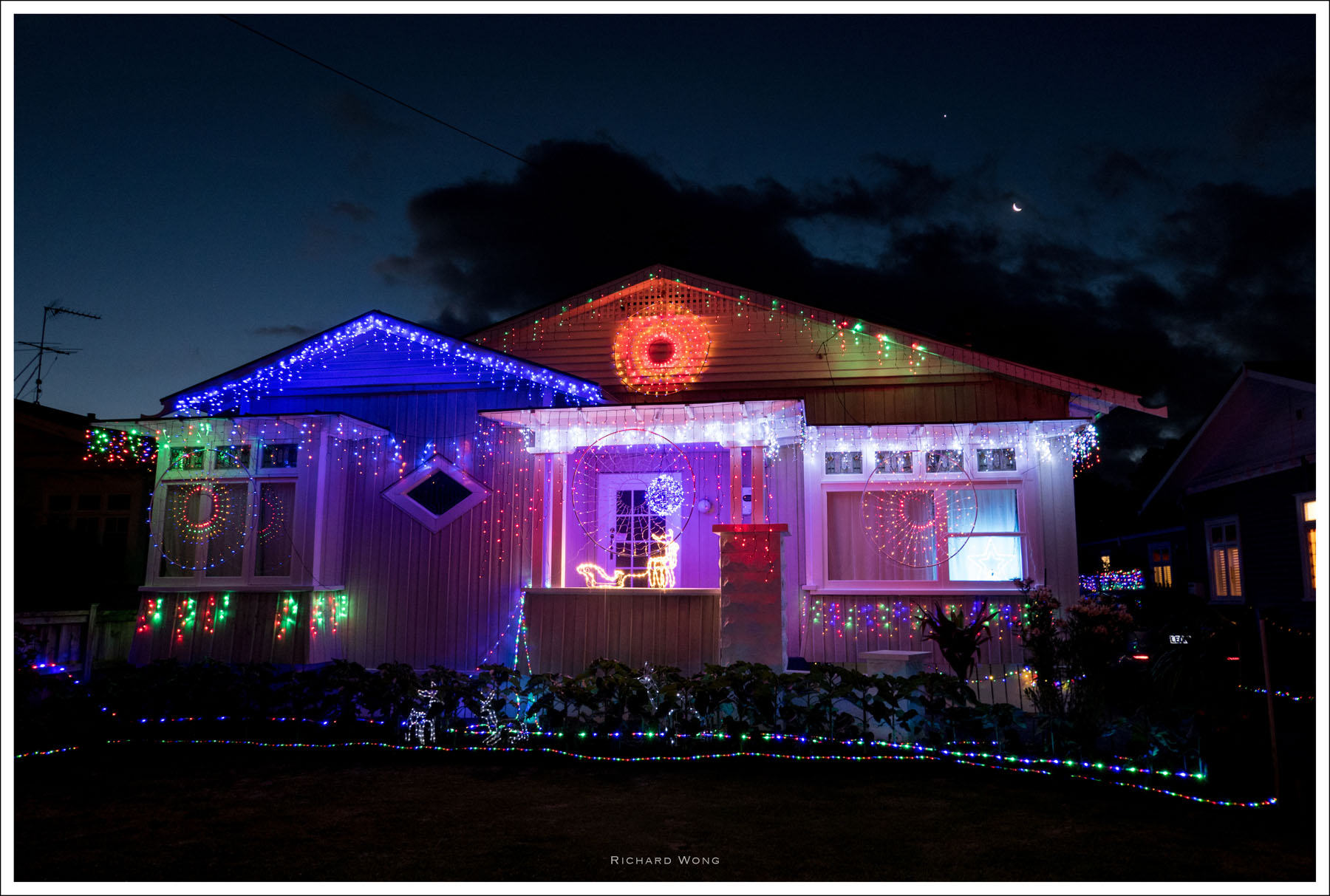 Panasonic Lumix LX10 | ISO 400 f/4 1/5s
Panasonic Lumix LX10 | ISO 400 f/4 1/5s
The LX10’s build quality is good and high quality. At 310g and with it’s full metal body, the camera feels dense and really solid. It doesn’t have a big beefy grip, but I didn’t find it an issue despite the fact that I didn’t use any camera strap at all (like what I usually do) during the whole review.
The camera offers good level of manual control. There is a decent amount of buttons and dials on the camera and a good number of them are customisable. While there is only one not two main dials on the camera, there is an dedicated aperture ring on the lens, with another customisable ring in front of it. As I mostly shoot in aperture priority mode and full manual mode, I love the dedicated aperture ring. I love the tactile feedback from it and how I can quickly select the aperture I want without even have to look at anything. And I can customise the other two dials to control other settings. I set the rear dial to exposure compensation, and the lens ring to jump between the common focal length (28mm -> 35mm ..etc). However, if you shoot in shutter priority mode, the aperture ring doesn’t do anything. It somehow limits how you can customise your camera if you do use shutter priority mode regularly.
 Panasonic Lumix DMC-LX10 | ISO 125 f/4 1/800s
Panasonic Lumix DMC-LX10 | ISO 125 f/4 1/800s
The camera has a powered zoom lens, which provides smooth zoom in and out and good for videos. But as I don’t shoot to much video and rarely zoom when I do shoot videos, I prefer if the zoom is fully mechanical so there is no delay and I can have more precise and instant control of the zoom, not to mention it may also slightly reduce the battery consumption and camera startup time (both of them actually aren’t too bad when compare to other similar cameras). But then this is just my personal preference and I can imagine many users would be perfectly happy with the powered zoom.
One thing that annoys me a bit is that exposure compensation is still disabled when the camera is in manual mode with auto ISO turned on. Some people may argue manual mode is manual mode, with auto ISO or not and you shouldn’t need to dial in any exposure compensation. But once you understand how useful this feature is, I bet you’ll agree with me. Dear Panasonic, can you please implement this feature in your future camera?
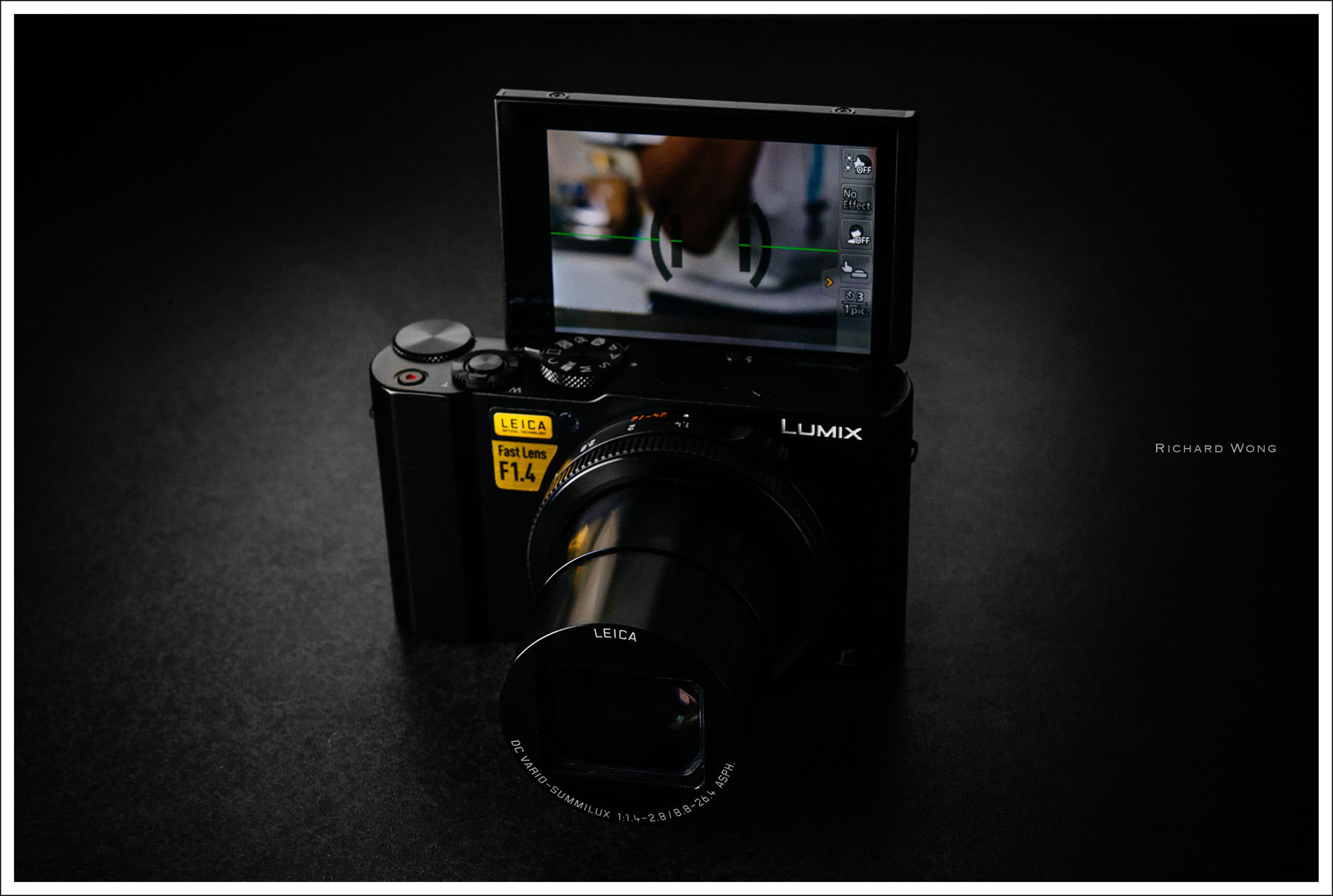 Panasonic Lumix DMC-LX10 / LX15
Panasonic Lumix DMC-LX10 / LX15
The LX10 has a 3” touchscreen at the back. The screen is nice, high resolution and bright. The touchscreen interface is absolutely fantastic, just like most of the Panasonic cameras. It’s very responsive and the touchscreen interface is well designed. You can hand the camera to pretty much anyone and they should be able to capture some good photos easily. The screen is also tilt-able and you can flip it up 180 degree which makes it great for selfie, or vlogging. I quite often take photos from low angle so the tilt-able screen is really useful for me. However, you can only flip the screen up, it would be nice if I can flip the screen down as well for high angle shooting.
There is a pop up flash and it’s also tilt-able so you can tilt it backwards and bounce flash on ceiling for softer flash result. Although the pop u flash is quite tiny and with limited power, I found it surprisingly versatile and I’ve actually used it quite a bit during the review. The ability to shoot in full manual mode means you can easily create some interesting photos combining camera flash with long exposure ambient light like the photo below.
 Panasonic Lumix DMC-LX10 | ISO 250 f/3.2 0.5s with built-in flash
Panasonic Lumix DMC-LX10 | ISO 250 f/3.2 0.5s with built-in flash
LX10’s full manual mode allows you to create photo that mixes flash with long exposure
The LX10 has hybrid image stabilisation. When shooting photos or 4K videos, the optical image stabiliser provides good stabilisation result. While shooting 1080P or lower quality video, the camera provides 5 axis hybrid stabilisation which combines optical and electronic stabilisation together for even smoother video footage.
Speaking of video, the videos from the LX10 is nice, very nice. The 4k videos from the little LX10 is very sharp, rolling shutter isn’t too obvious, and for a camera with a 1″ sensor, low light performance and dynamic range are both pretty good. As mentioned earlier in the review, the tilt-able screen makes it a good camera for vlogging as well. Autofocus when recording video works reasonably well most of the time, but occasionally the focus would drift into something else instead of the foreground object, or might hunt slightly before snap back to the correct object. That is when you let the camera autopilot itself with no manual input. Now if you want to have a bit more control yourself, the camera does offer features like zebra pattern and focus peaking to assist you.
When recording 4k videos, there is a roughly 1.5x crop factor. It means if you record at the widest zoom, 24mm focal length, the output 4k video is actually around 35mm focal length.
The sound quality from the camera’s internal microphone is quite good, and you should be happy if you are filming some everyday, family, or travel kind of videos. If you want to better audio quality maybe for some more professional quality videos, unfortunately the LX10 doesn’t have any mic input port. It means you will have to use an external mic and sync the audio in post processing yourself.
Overheating is quite a common problem when recording 4k videos on a small camera. Just look at the Sony RX100 series cameras or even their larger mirrorless cameras, a lot of them have quite bad overheating problems. Fortunately it seems the Panasonic LX10 isn’t affected by it at all. I’ve recorded quite a few long 4k videos and never experienced any overheating issue. If you only record short video clips, then it probably doesn’t matter. But for people who wants to record long videos, the Panasonic LX10 would be a much better choice than it’s competitors in the market.
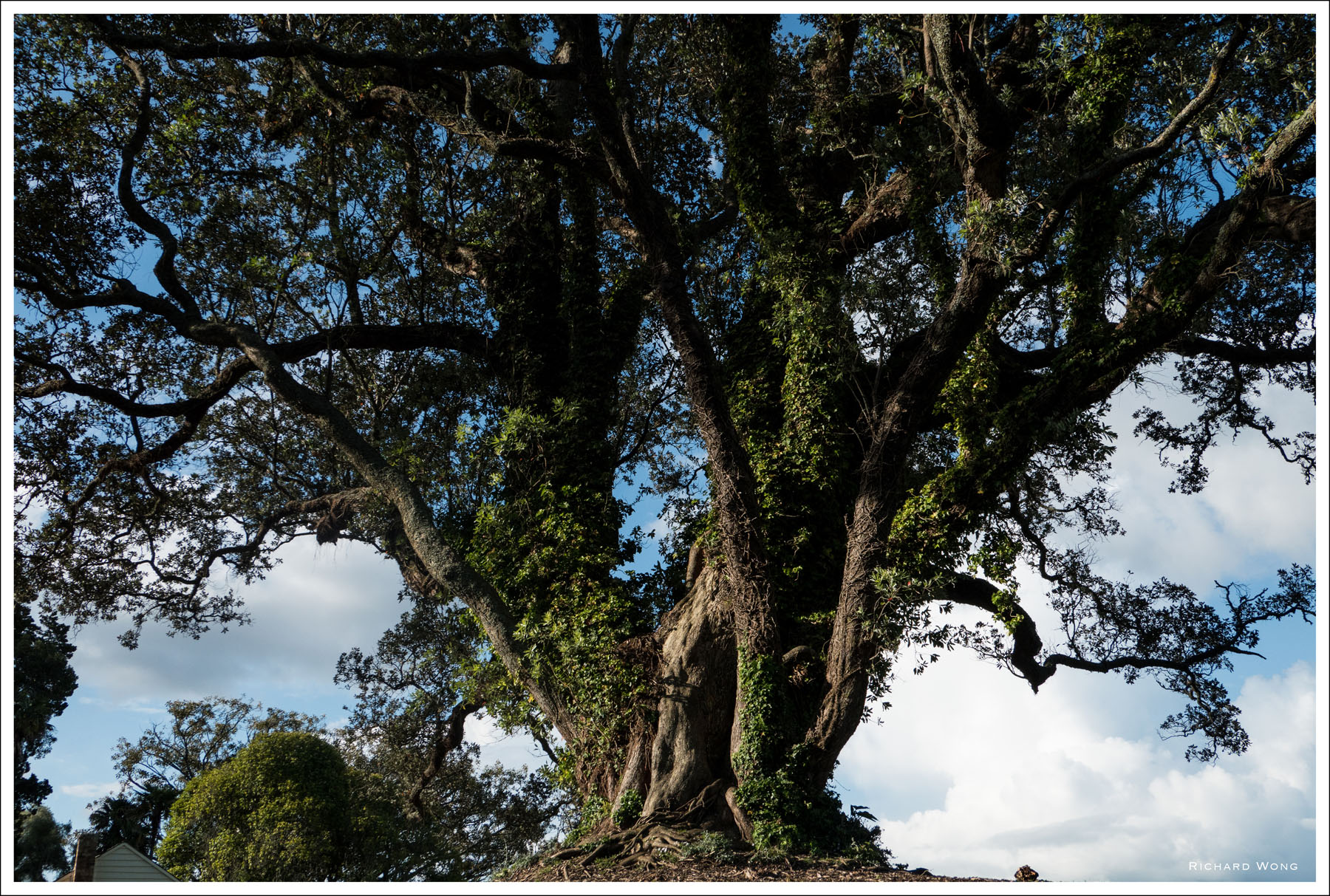 Panasonic Lumix LX10 | ISO 125 f/4 1/2500s
Panasonic Lumix LX10 | ISO 125 f/4 1/2500s
LX10’s autofocus performance is pretty decent. The autofocus speed is fast, but may not be super lightning fast like the Panasonic Lumix G85. Accuracy is very good, I almost never have any out of focus shot. The autofocus very rarely hunt unless I’m taking photo at super dark places with the AF assist light turned off. The touchscreen autofocus is also very well implemented as well.
The Lumix LX10 doesn’t have any built-in viewfinder, presumably to reduce size and also cost. (The LX10 is a few hundred dollars cheaper than the latest RX100 cameras) When using compact camera like the LX10, I don’t mind shooting with the LCD screen but sometimes I also like shooting with a viewfinder, especially on a bright sunny day. So while the lack of viewfinder is understandable, I still wish there is one on the LX10.
One of LX10’s biggest selling point is definitely it’s Leica DC Vario Summilux 24-72mm (equivalent) f/1.4-2.8 lens. This is the fastest lens in its class. Even the newest Sony RX100 V is slower at f/1.8-f/2.8. Keep in mind that the f/1.4 maximum aperture is only available at the widest focal length (24mm) The maximum aperture starts to reduce (i.e. bigger f number) as soon as you rotates the zoom ring. This is quite normal for most compact cameras with fast aperture zoom lens. Check my graph below which I compare LX10’s maximum aperture at various focal length against the latest Sony RX100 V.
With the Leica Summilux name printed on the lens, I have high expectation on the lens’s performance. And I wasn’t disappointed. The sharpness is great throughout the whole zoom range. There is some chromatic abbreviation but overall it’s well controlled.
Lens flare is usually a big problem for many compact cameras, fortunately the LX10’s 3x Leica lens is quite good at keeping lens flare at minimum level. When I’m shooting directly into the sun I would see some lens flare but overall it’s at acceptable level.
 Panasonic Lumix LX10 | ISO 125 f/7.1 1/1000s
Panasonic Lumix LX10 | ISO 125 f/7.1 1/1000s
Worst case scenario lens flare
In terms of distortion, there is only very minimal distortion and well within my expectation for a compact 3x zoom lens. Check the brick wall photo below took at various focal length.
The 1″ sensor on the LX10 means it should have much bigger low light performance when compare to the smaller sensor on our smartphones and other compact cameras. To test LX10’s high ISO performance, below are the unedited RAW output from base ISO all the way to maximum ISO 25600. Left is the whole image, Right is 100% crop from centre.
All these photos are RAW converted to JPG, with no noise reduction and no adjustment at all. Even with zero noise reduction and editing, the image quality is not bad up to ISO 3200 (even though it starts getting a bit noisy at ISO 3200) Photos taken at ISO 6400 can still be pretty good after a bit of noise reduction and post processing. For social media or if I planning to convert to B&W, I would be happy to shot at ISO 12800.
LX10 has pretty decent dynamic range. Looking at the amount of highlight and shadow detail I can recover from LX10’s RAW files, it clearly shows another advantage of the 1″ sensor when compares to the smaller sensor compact or smartphone cameras.
The camera’s closest focus distance is 3cm at the wide end of the lens. Not exactly a macro lens but it is a lot closer than the Sony RX100 V and the Canon G7X II (5cm).
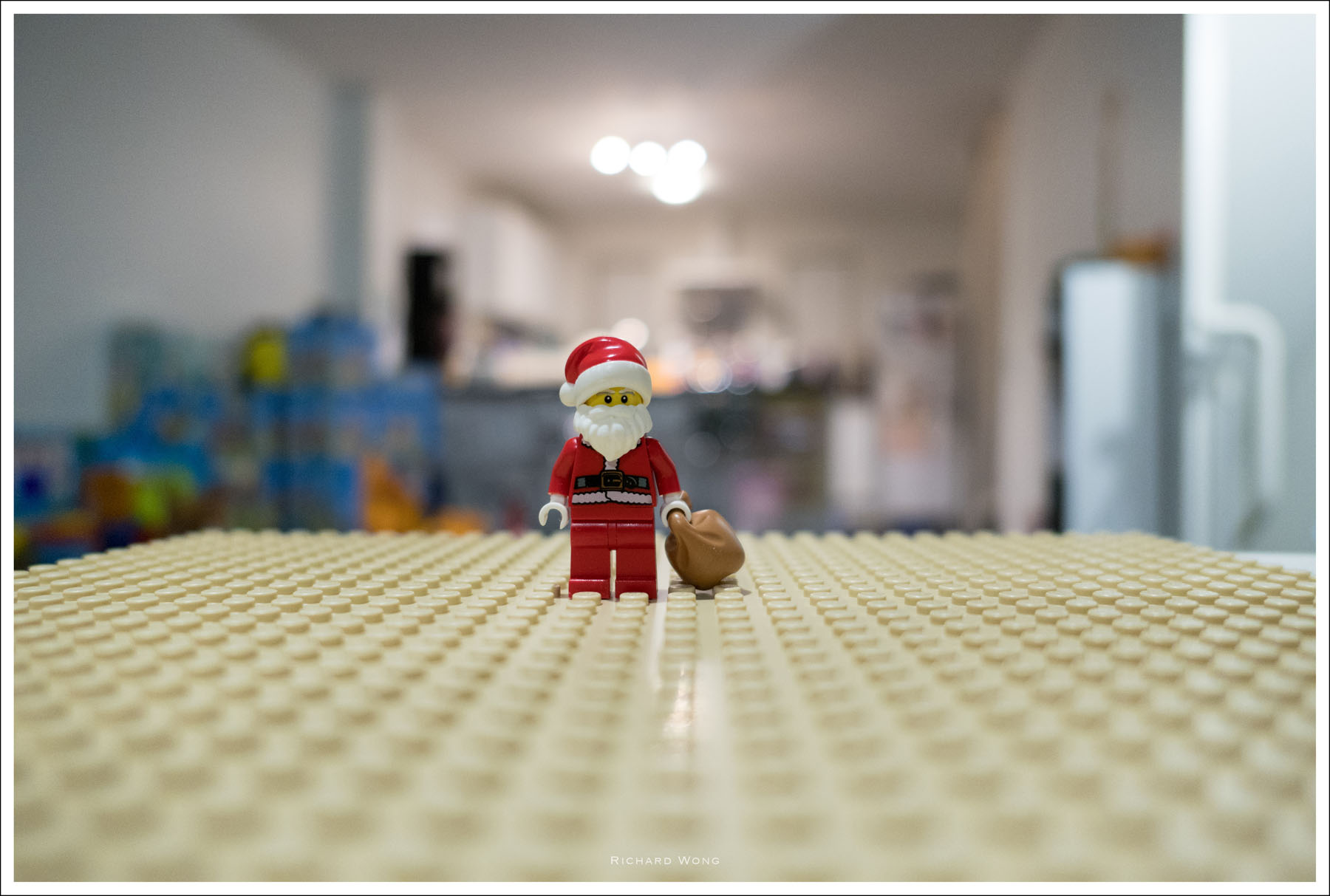 Panasonic Lumix DMC-LX10 | ISO 640 f/1.4 1/60s (24mm) at minimum focus distance
Panasonic Lumix DMC-LX10 | ISO 640 f/1.4 1/60s (24mm) at minimum focus distance
In additional to the normal photo and video shooting modes, the LX10 can has various 4K photo modes. There are 4K Burst, Post Focus and Focus Stacking modes. Basically the camera records 4K videos, and then you can easily extract frames from the video and apply some processing on top, all done in the camera.
The Lumix LX10 supports USB charging through it’s micro USB port which is next to the HDMI port. I found it a great feature as I can connect the camera to my computer, my car USB charger, or even my USB power bank and top up the battery. This is really useful as the LX10 doesn’t have a huge battery so the ability to recharge the battery when on the go means you can keep your camera going even when you are having a long day outside taking photos and videos.
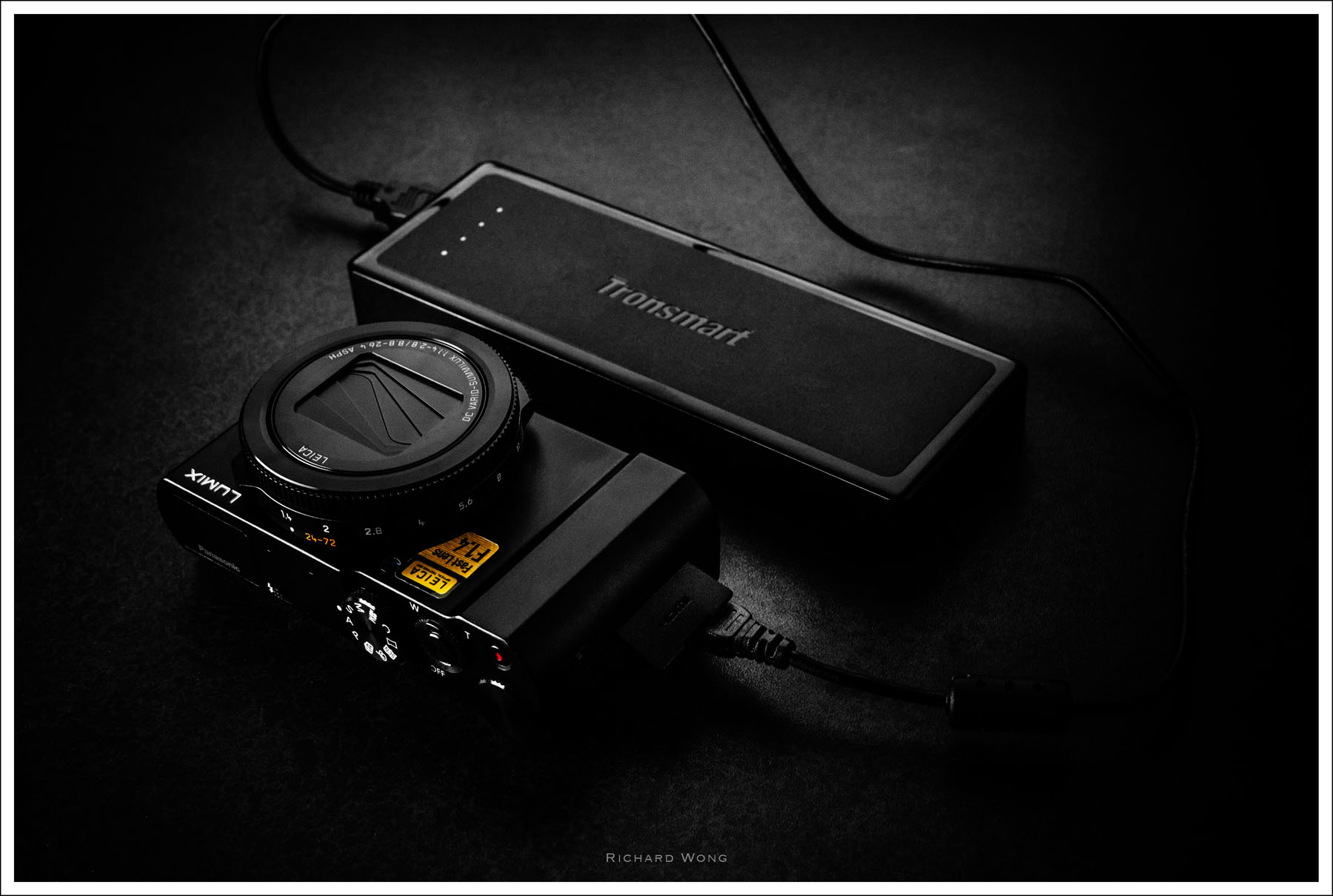 I reckon USB charging should be a standard feature on all cameras!
I reckon USB charging should be a standard feature on all cameras!
The Panasonic Lumix DMC-LX10 is a very solid camera with good image quality, autofocus system, video recording, controls and a bunch of cool features. The lack of a built-in electronic viewfinder and a more sophisticated tilt-able screen design are the only things I want that the LX10 doesn’t offer. Apart from that, there aren’t much I can really complain about this little camera.
At around $1000NZD, it’s not a cheap camera. If you compare it with the very popular Sony RX100 V, which has more features like built-in EVF and high speed video but also comes with a 50% higher price tag. If you ask me, I think the LX10 is far better in terms of value for money.
Reviewer: Richard Wong
Richard is a multi-award winning wedding/portrait photographer based in Auckland, New Zealand. Richard’s website is www.photobyrichard.com
If you like my review, please follow me on Facebook 🙂
https://www.facebook.com/ReviewByRichard
All photos and text Copyright© 2016 www.photobyrichard.com. All photos and text may not be copied or reproduced in any format without obtaining written permissions
Sample Photos
All samples were shoot in RAW and converted to JPG using Adoble Lightroom CC 2015.5. Edited to taste but no vignetting, CA, distortion correction or noise reduction applied.
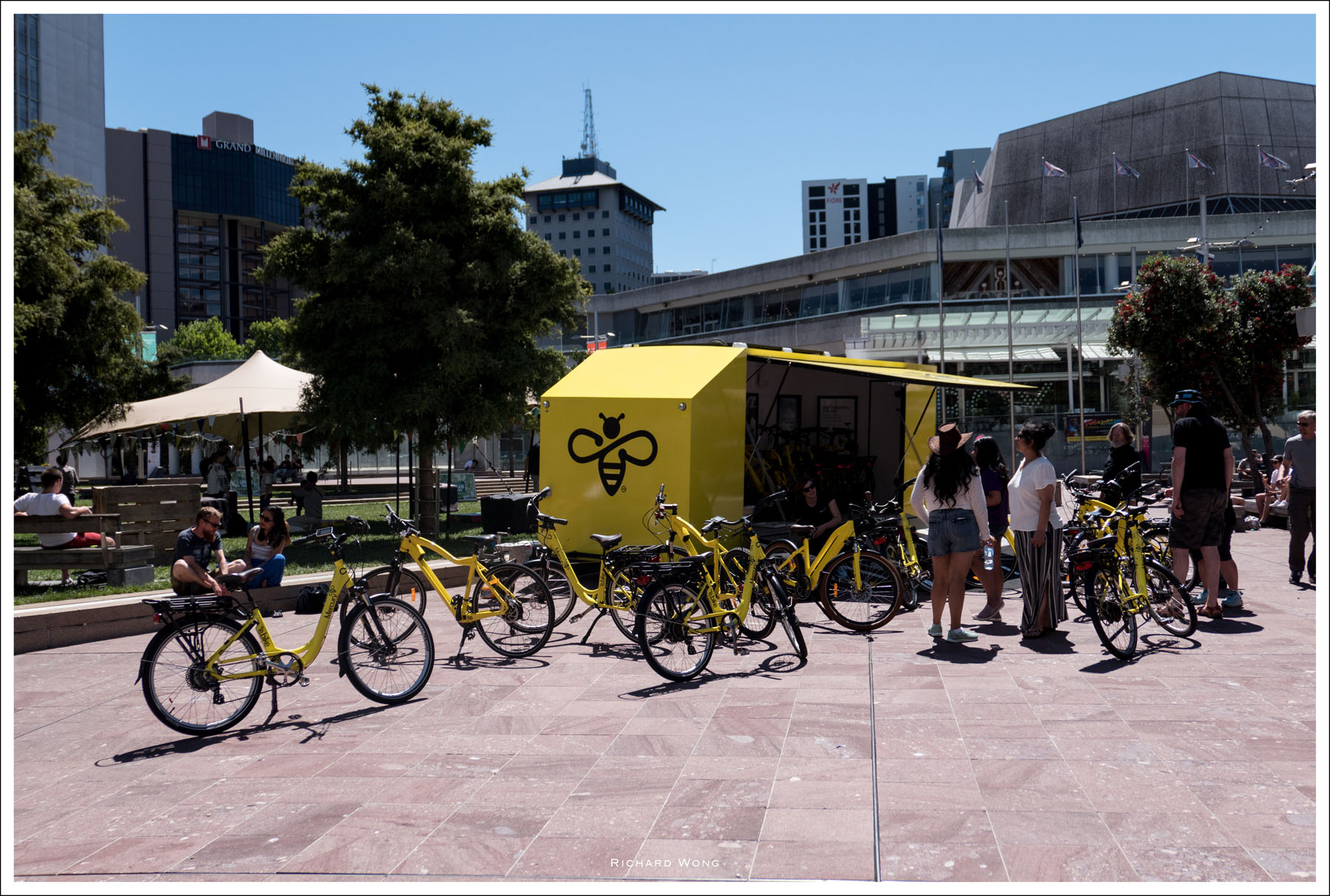 Panasonic Lumix LX10 | ISO 125 f/2.8 1/2500s
Panasonic Lumix LX10 | ISO 125 f/2.8 1/2500s
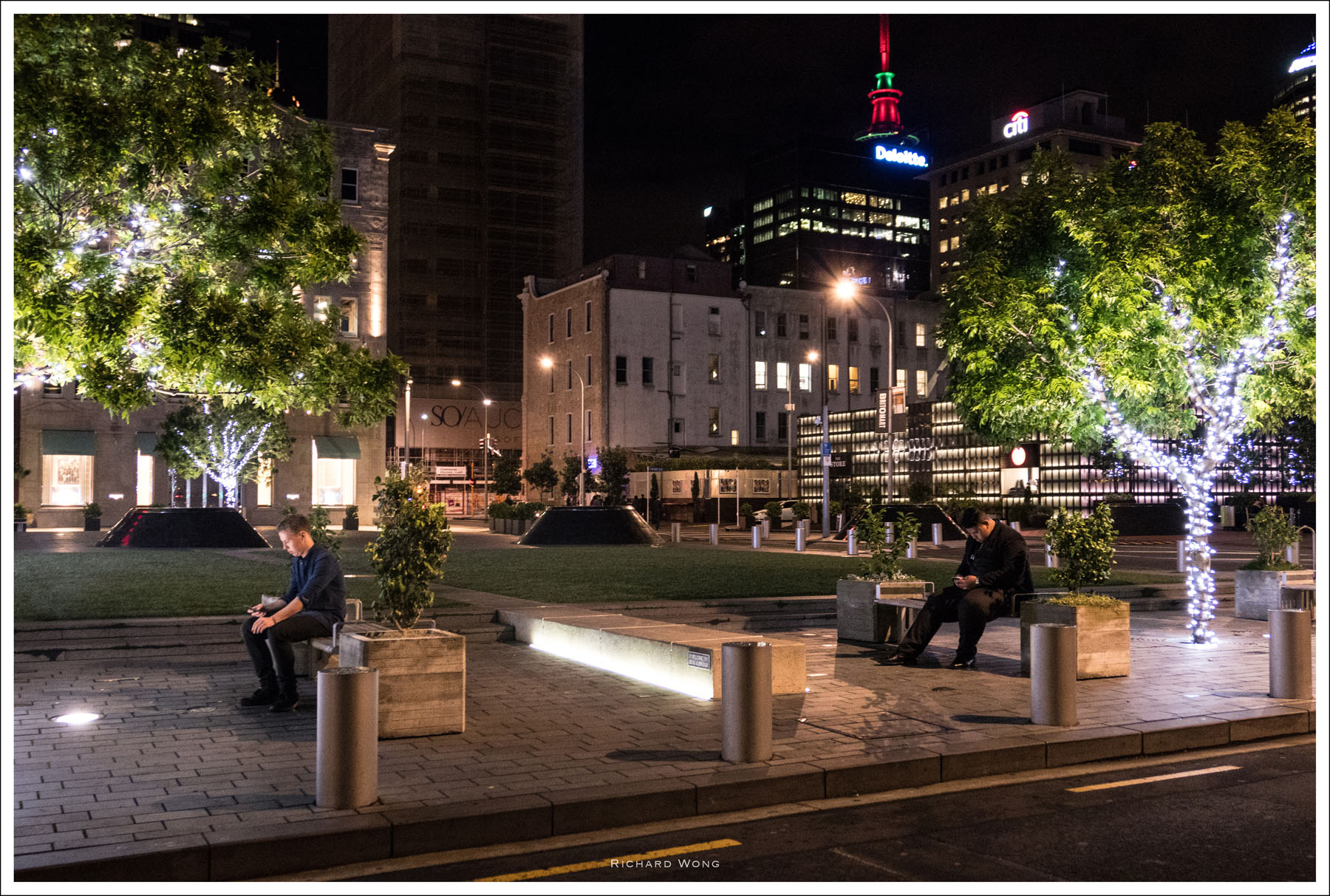 Panasonic Lumix LX10 | ISO 1600 f/2.8 1/25s
Panasonic Lumix LX10 | ISO 1600 f/2.8 1/25s
 Panasonic Lumix LX10 | ISO 125 f/11 1/8s
Panasonic Lumix LX10 | ISO 125 f/11 1/8s
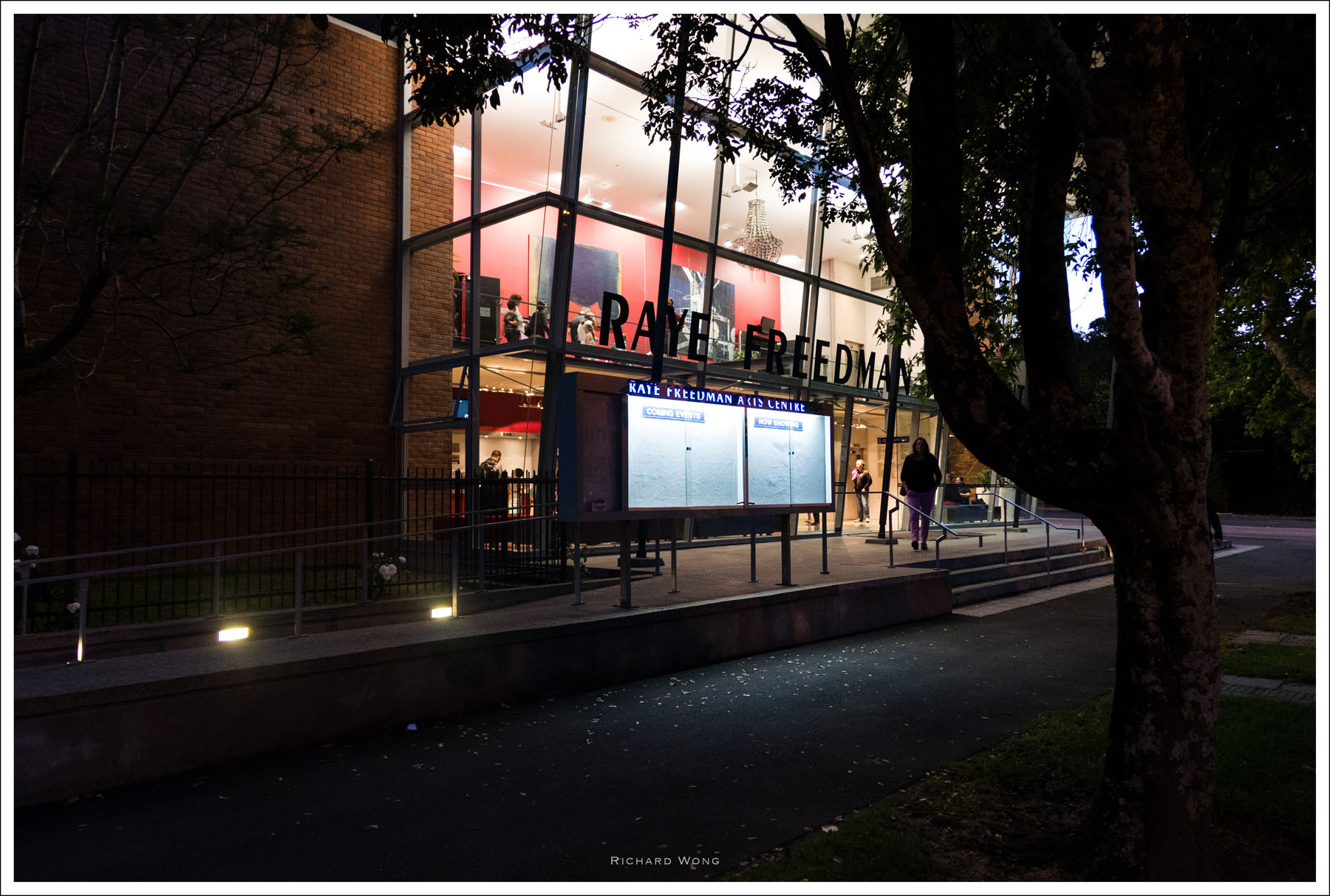 Panasonic Lumix LX10 | ISO 1250 f/2 1/60s
Panasonic Lumix LX10 | ISO 1250 f/2 1/60s
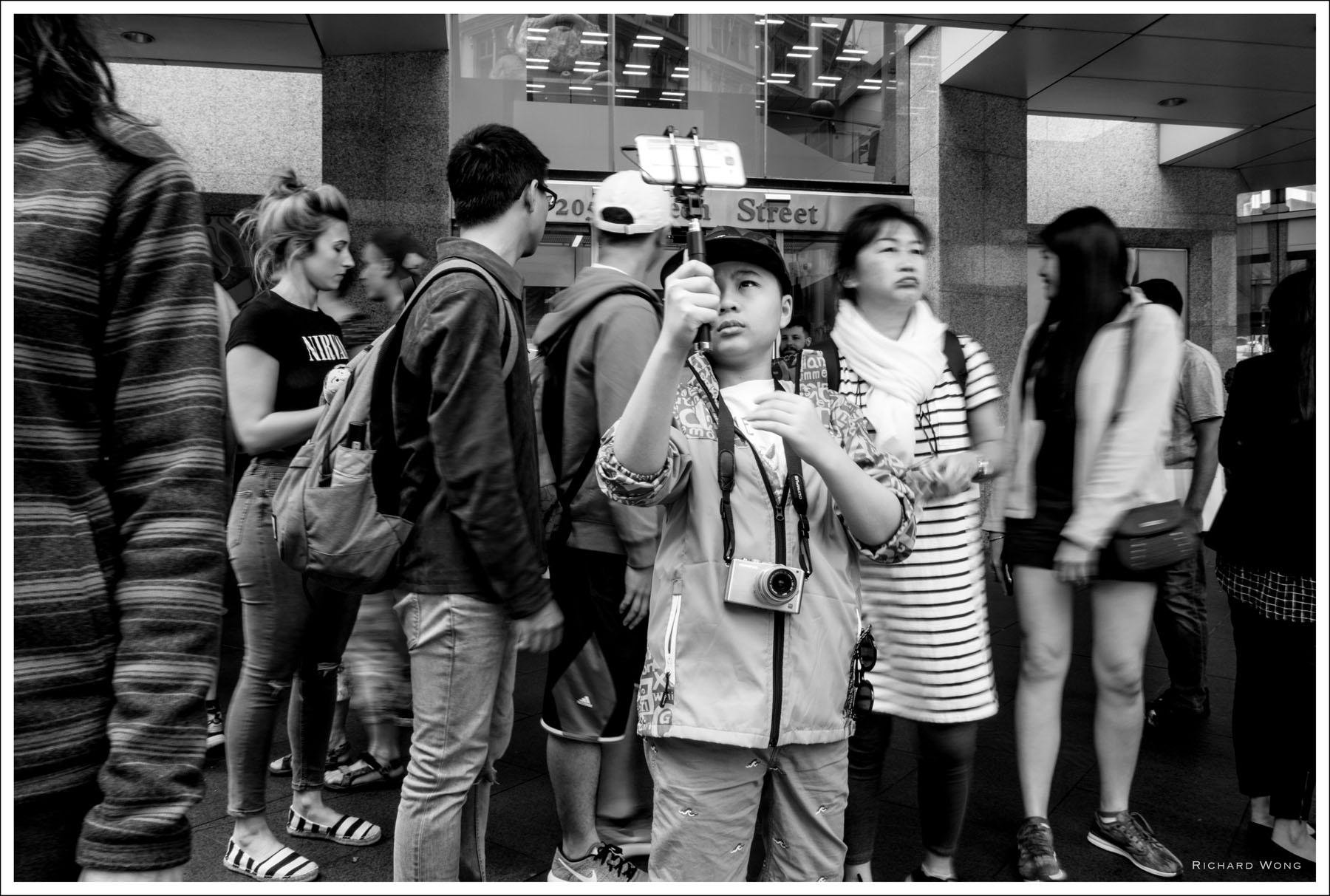 Panasonic Lumix LX10 | ISO 125 f/11 1/8s
Panasonic Lumix LX10 | ISO 125 f/11 1/8s
 Panasonic Lumix LX10 | ISO 125 f/2.8 1/5000s
Panasonic Lumix LX10 | ISO 125 f/2.8 1/5000s
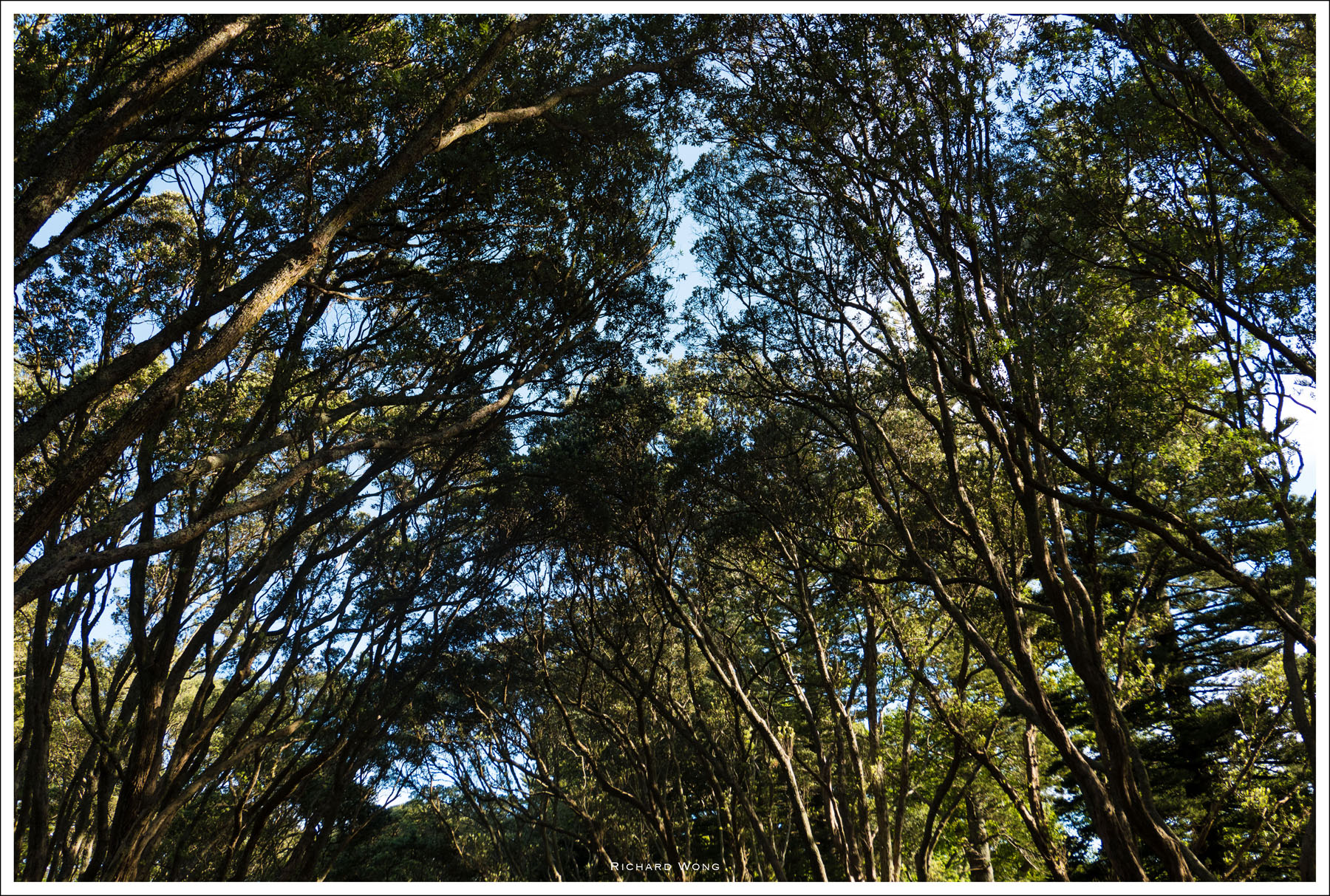 Panasonic Lumix LX10 | ISO 125 f/4 1/250s
Panasonic Lumix LX10 | ISO 125 f/4 1/250s
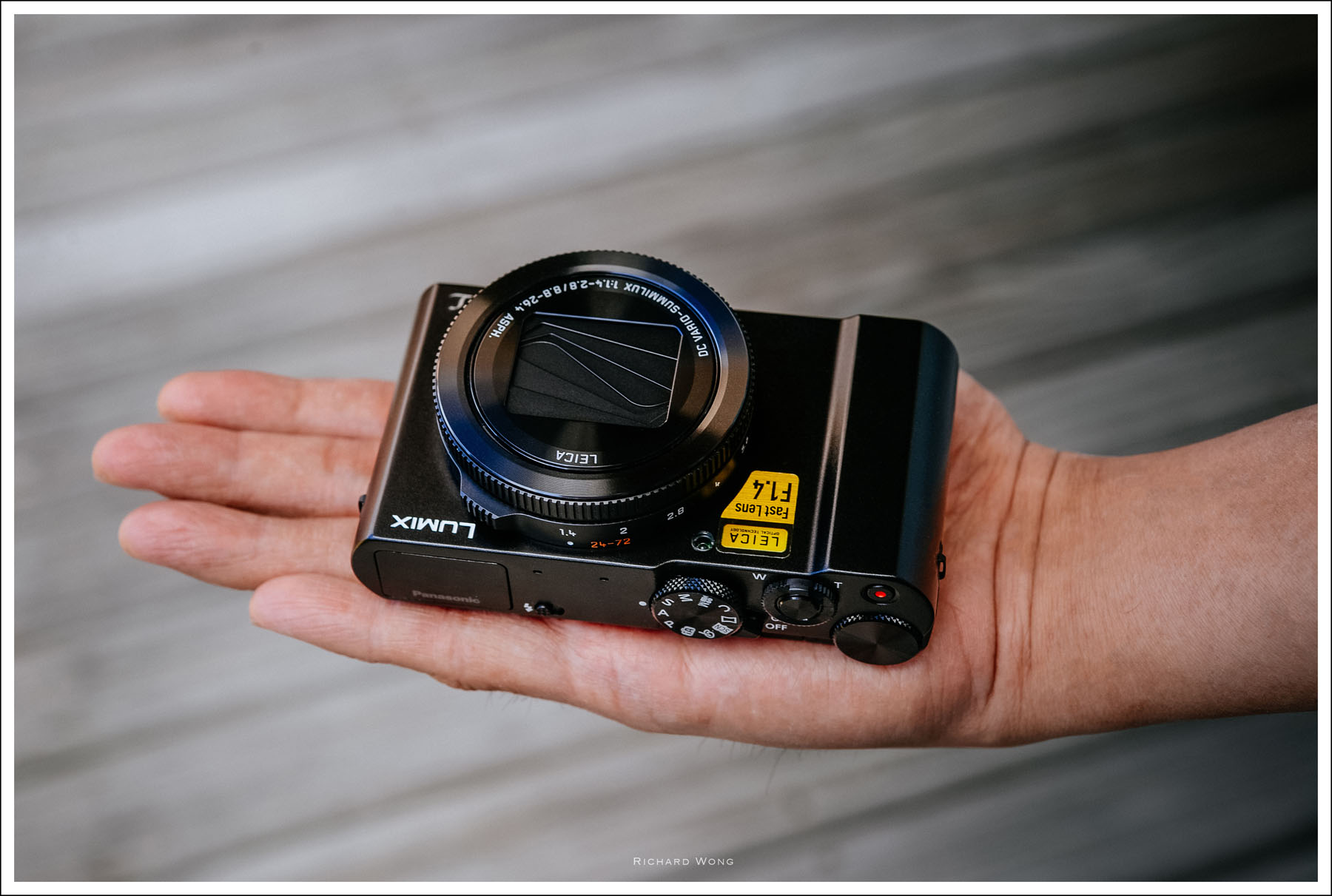
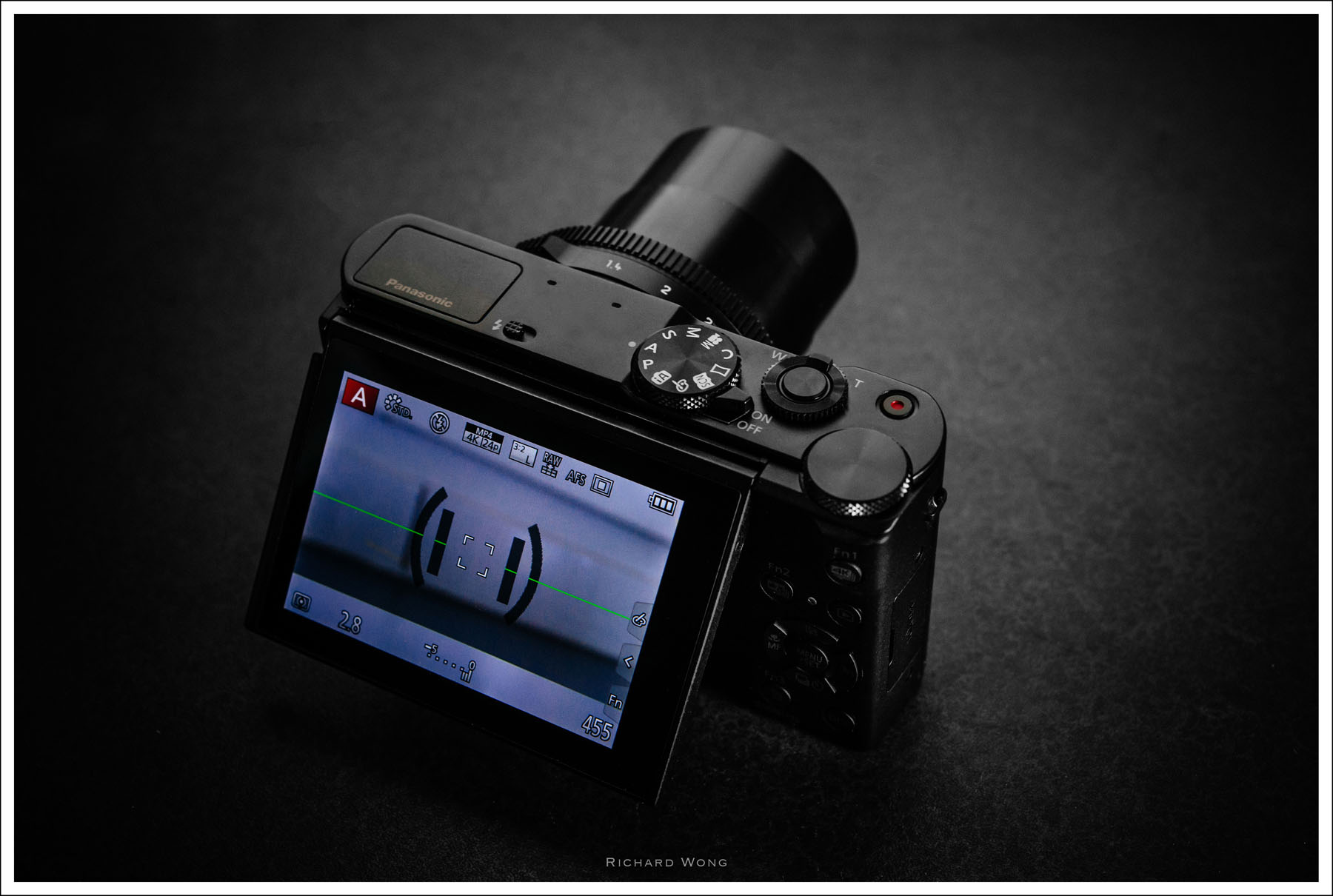

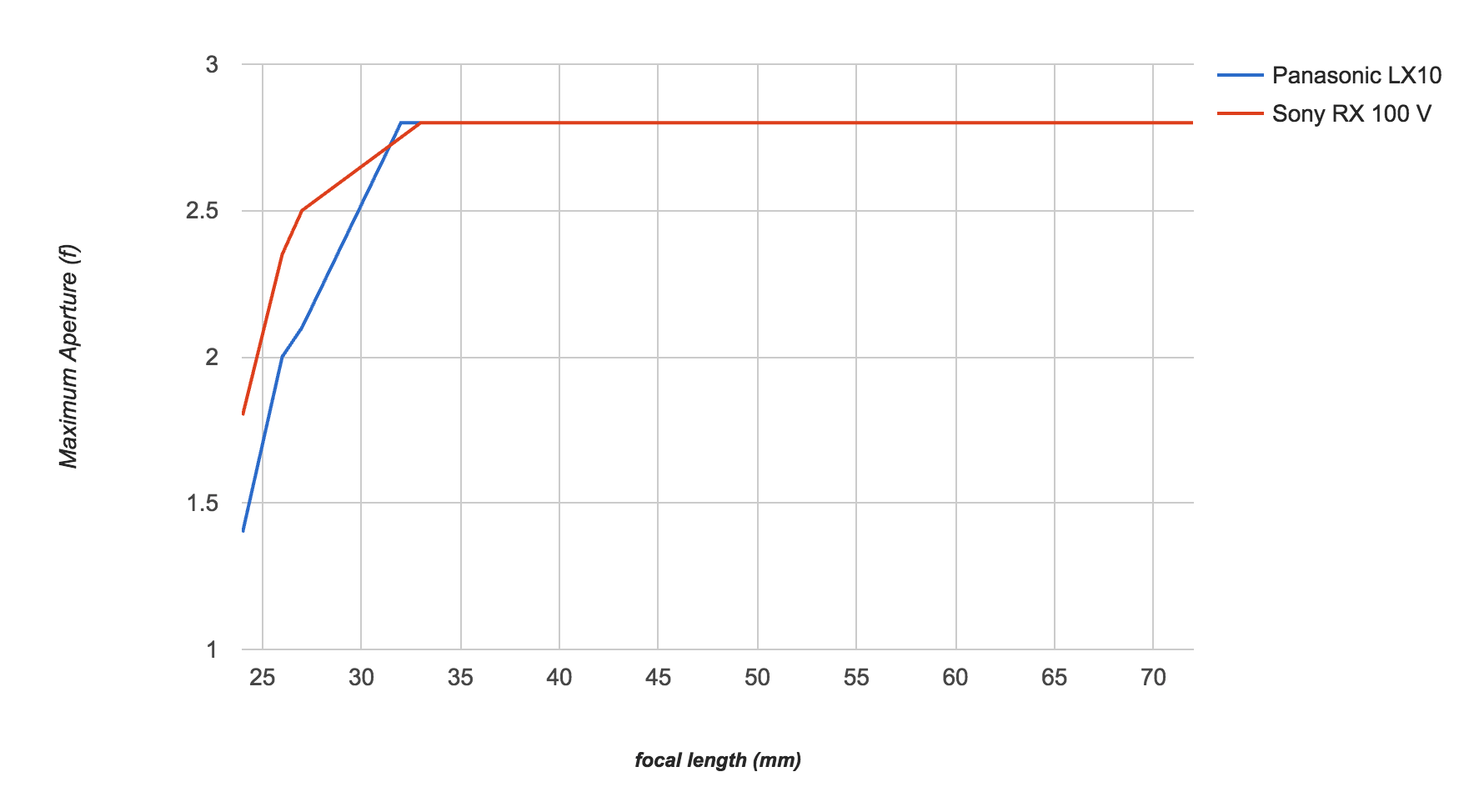

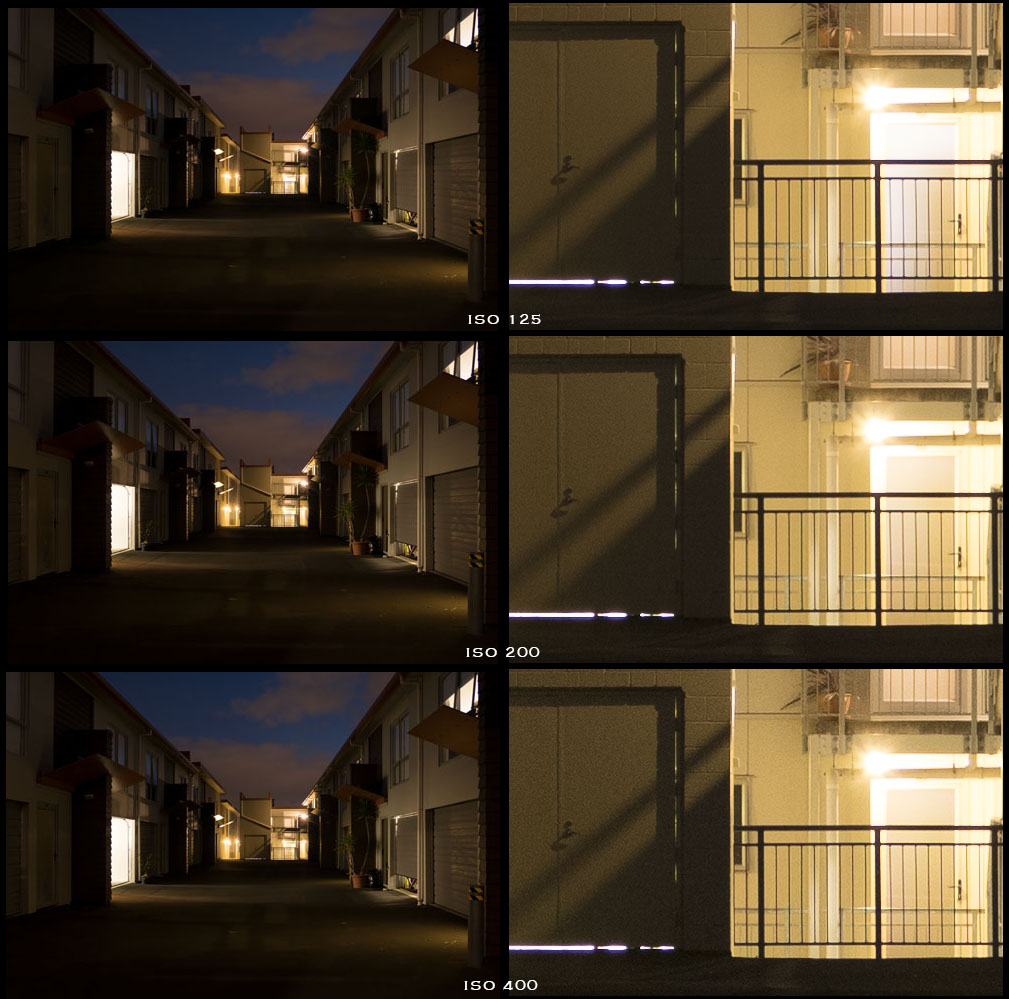




Comments are closed.